- Vi ste tukaj:
- Plant of the month: Lova

.jpg?v=220915084124)
Lova plants
Lova is a collective name for several different plants that have one thing in common: the way they grow. These plants grow on lava stone; they are not just incredibly decorative, but they are also fascinating, with an interesting history. We would be happy to tell you more about this special product.
How are they grown?
The plants are sown by another grower and delivered to grower Zeurniet as soon as they are large enough to be planted on the lava stones. Lava is porous and can hold a lot of water. This enables the plant to attach itself to the stone. It is also important to use a plant whose roots can tolerate light. After some trial and error, Zeurniet Nursery has selected several varieties that grow very well on the lava stones. It takes at least six months before the plant is suitable for sale. They are now available all year round.
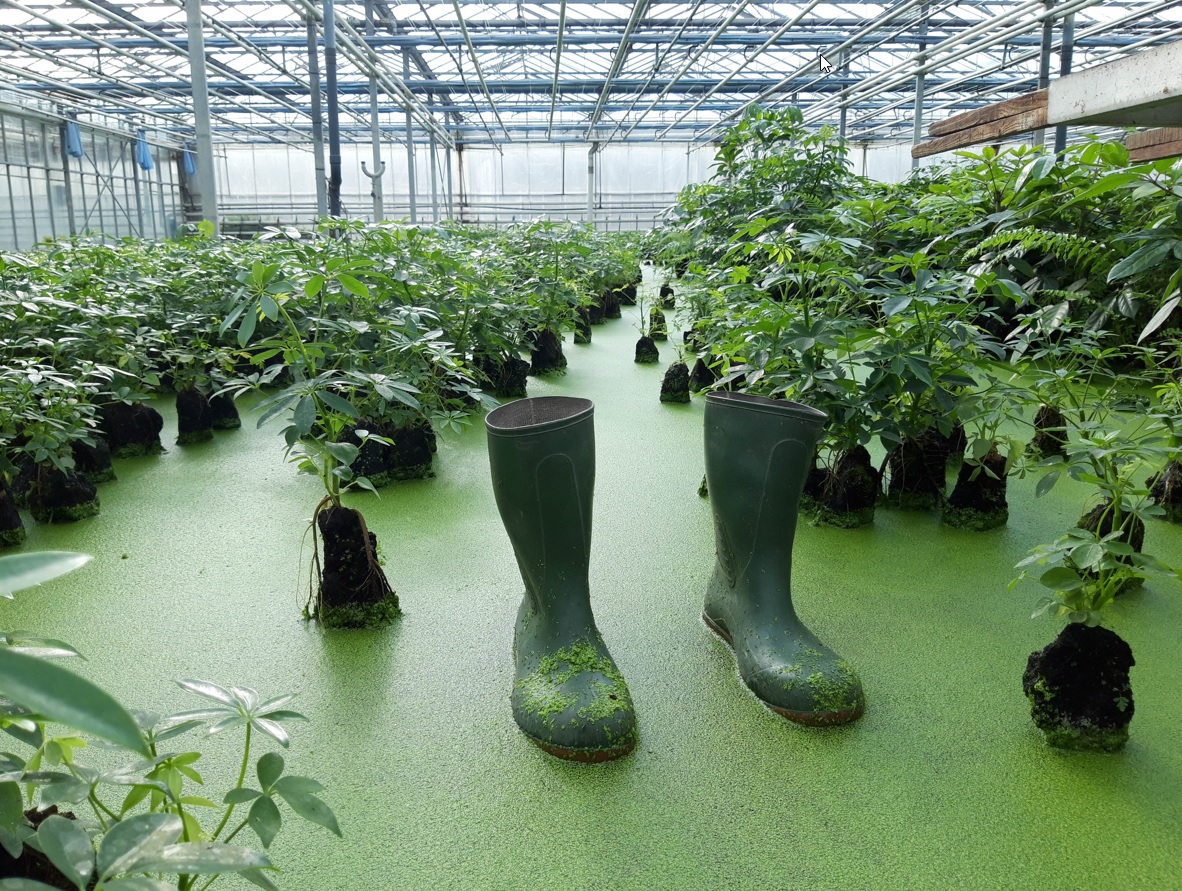
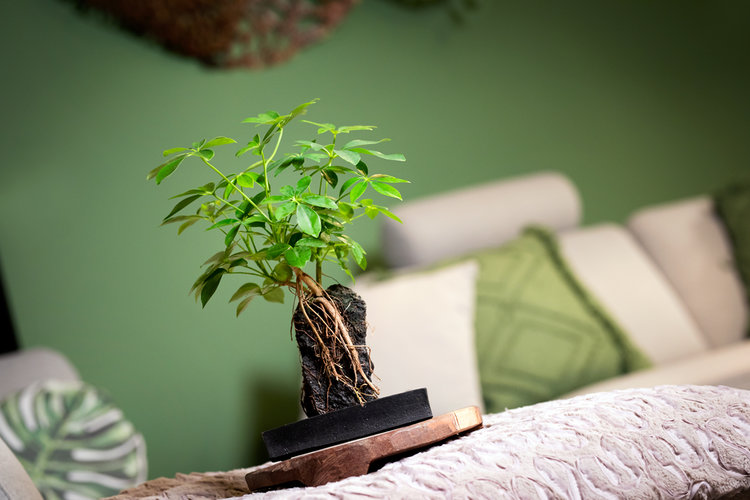
Lova Schefflera
We put the three different types of Lova plants in the spotlight for you. The first is the Lova Schefflera. Scheffleras originally come from Australia. In the case of Lova Schefflera, the young plants are grown entirely in the Netherlands. This little plant is also called the 'finger tree'. As it grows, new, hand-shaped leaves are constantly forming. If the Lova Schefflera gets too big, the branches can be pruned. This can be done by cutting above a node in the stem at the desired location. Keep three or four nodes, so that the plant has enough places to sprout.
Lova Diversifolium
Lova Diversifolium grows creeping shoots that the new leaves grow from. This plant is also called the 'Kangaroo Fern' because of its place of origin: Australia and New Zealand. Older plants with long shoots can be cut back to 4 cm if necessary. This keeps it full, compact and vigorous. This Lova Diversifolium prefers to be in the shade. The minimum temperature for this plant is 15°C.
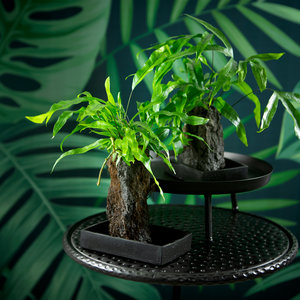
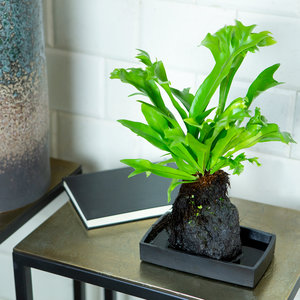
Lova Punctatum
Lova Punctatum grows slowly, constantly forming new, broad and shiny leaves. The leaves branch out and develop comb-shaped tips. The fresh, green Lova punctatum contrasts beautifully with the dark lava rock. This plant likes to be in semi-shade indoors and never in direct sunlight. The minimum temperature for this plant is 15°C.
Take easy care of the Lova plants
The Lova is very easy to care for. The plant draws water from the porous stone and from the watertight ornamental tray. Fill the bowl two thirds full and make sure that there is always a small amount of water in it, otherwise Lova will dry out. Tap water often contains lime, which can eventually turn the stone white. Therefore, it is better to use rainwater to water the plant. Plant food is not necessary, as there are enough nutrients in the stone. From April to October, only add a quarter of the recommended dosage of liquid houseplant food during watering. Lova likes to be in a bright spot, but avoid direct midday sun in the summer months.
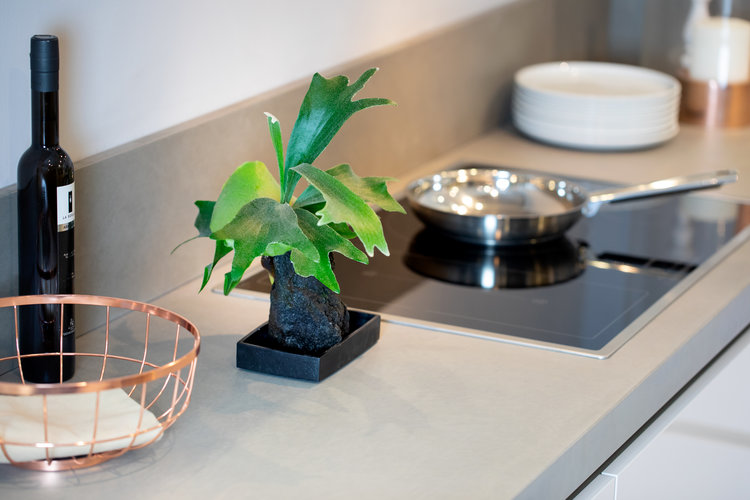
 Nederlands
Nederlands  English
English  Français
Français  Deutsch
Deutsch  Español
Español  Româna
Româna  Polski
Polski  Slovensky
Slovensky  Slovenija
Slovenija  Italiano
Italiano  Svenska
Svenska  Magyar
Magyar  Latviešu
Latviešu  Suomi
Suomi  ελληνικά
ελληνικά  Ceština
Ceština  Hrvatski
Hrvatski